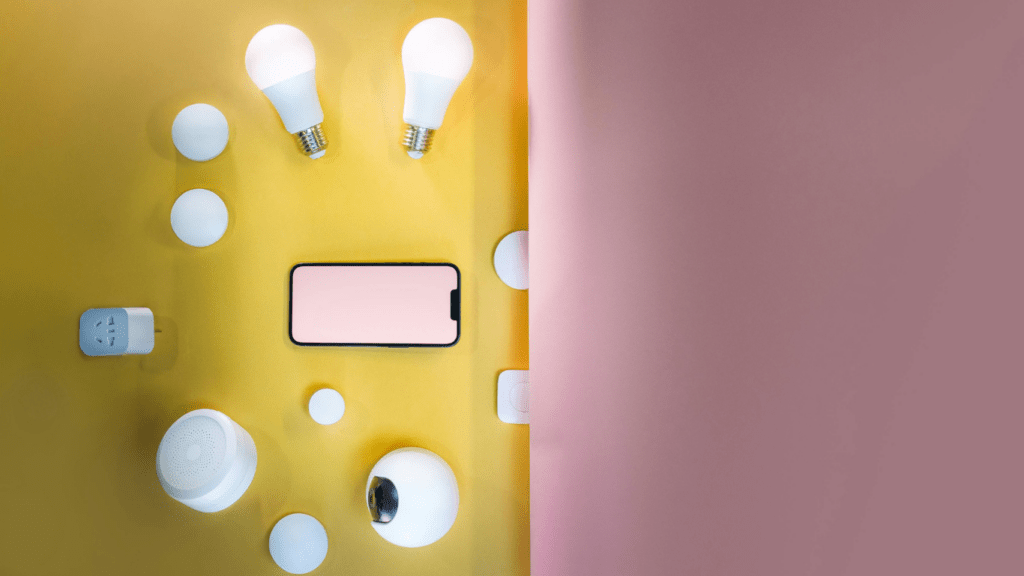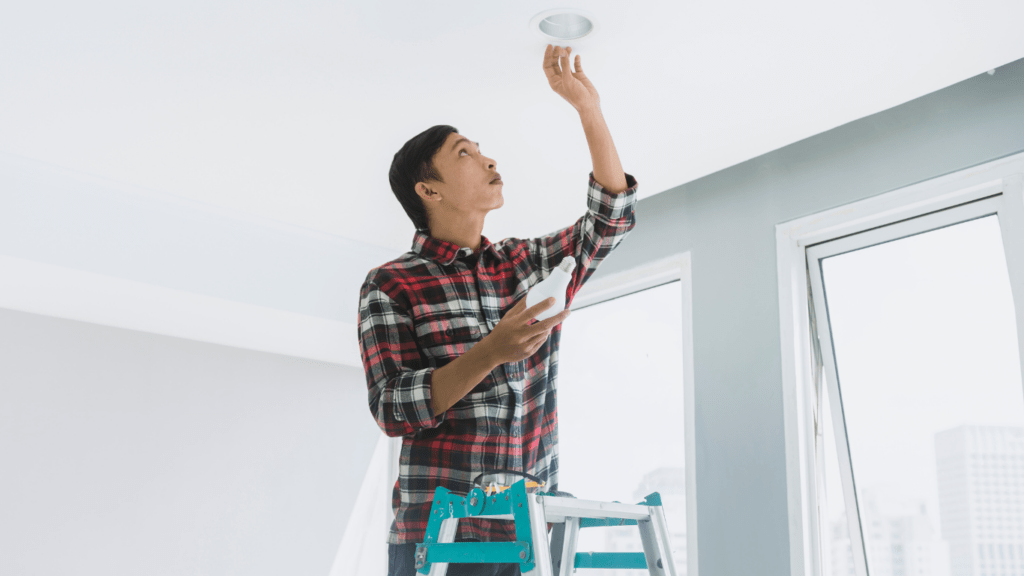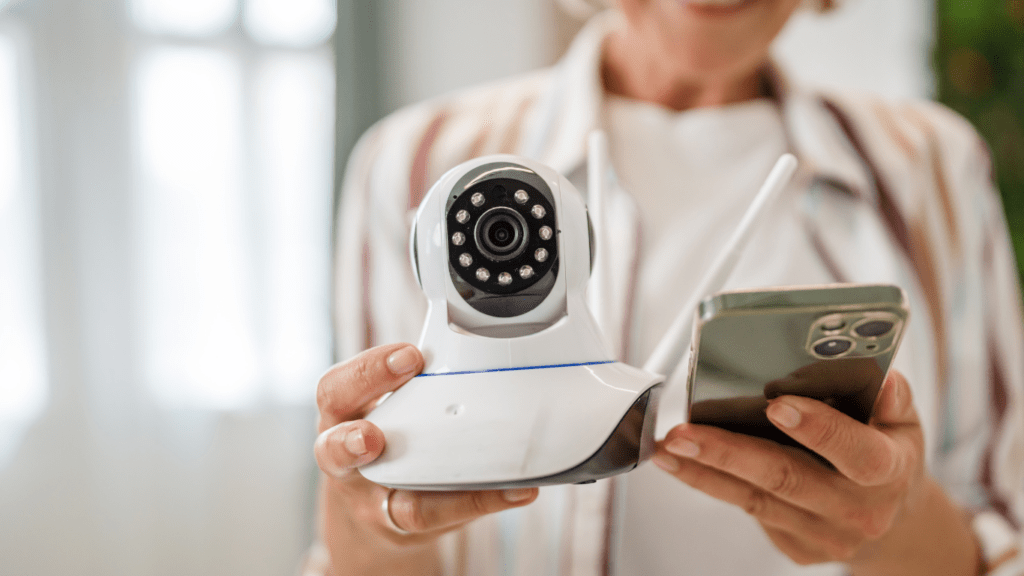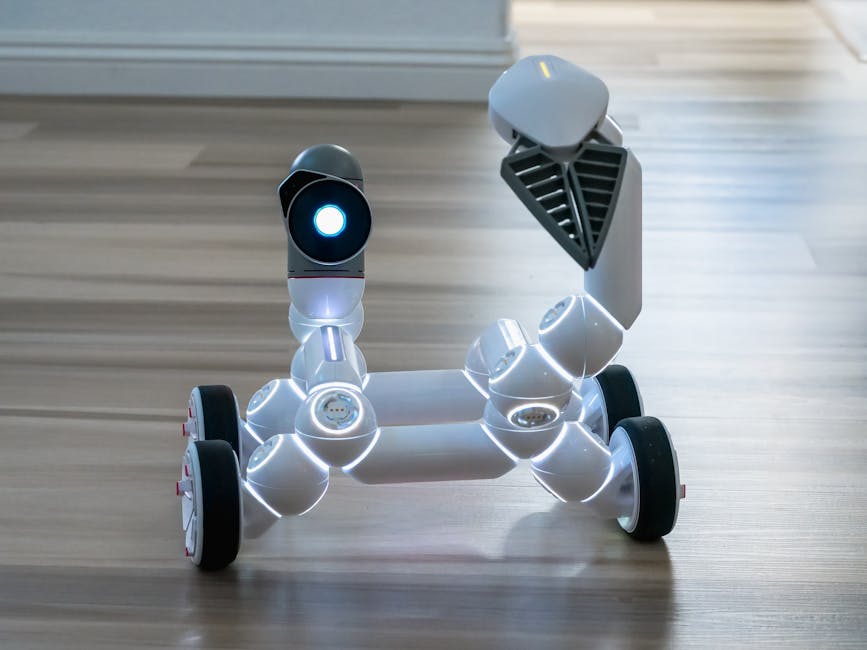Understanding Smart Lighting Solutions
Smart lighting solutions integrate technology to manage lighting systems more efficiently. They offer control via mobile devices, voice commands, or automated schedules. Users can adjust brightness, color, and on/off status remotely. These systems often include LED bulbs that last longer and use less energy than traditional bulbs, reducing electricity costs.
Key components of smart lighting systems include smart bulbs, switches, and hubs. Smart bulbs (e.g., Philips Hue, LIFX) connect to a Wi-Fi network, allowing users to control them through apps or smart speakers. Smart switches (e.g., Lutron Caseta, TP-Link Kasa) replace traditional wall switches, providing a manual control option alongside app-based management. Hubs (e.g., Samsung SmartThings, Amazon Echo Plus) enable communication between devices from different manufacturers, creating a cohesive system.
Installing smart lighting can range from simple to complex. For a basic setup, users can replace existing bulbs with smart alternatives. For more advanced setups, integrating smart switches and hubs might require professional assistance. Some systems may need a stable internet connection to function correctly, impacting performance if there’s network instability.
Smart lighting solutions enhance not just convenience and efficiency, but also security. Users can simulate occupancy while away by scheduling lights to turn on/off, deterring potential intruders. Additionally, some systems integrate with other smart home devices (e.g., cameras, motion sensors), triggering lights in response to detected movement.
Understanding these components and features helps users create smarter, more adaptable lighting environments tailored to their needs and preferences.
Key Features of Smart Lighting
Smart lighting offers numerous benefits to transform any space. Key features provide customization, efficiency, integration, and convenience, enhancing both functionality and ambiance.
Customization Options
Smart lighting delivers extensive customization options. Users can adjust brightness levels to suit different activities such as reading, dining, or relaxing. Color-changing bulbs allow dynamic ambiance shifts; for instance, warm whites create a cozy feel while cool whites are ideal for workspaces. Scenes and presets enable quick setting changes tailored to specific moods or daily routines.
Energy Efficiency
Smart lighting solutions offer energy-saving benefits. LED smart bulbs consume less power than traditional incandescent bulbs. Scheduled operations ensure lights turn off when not needed, reducing wasted energy. Motion sensors can further optimize power usage by illuminating only occupied spaces. This contributes to lower utility bills and a reduced carbon footprint.
Integration with Smart Home Devices
Smart lighting systems integrate seamlessly with other smart home devices. Connecting with platforms like:
- Amazon Alexa
- Google Home
- Apple’s HomeKit
allows unified control. Users can create automated routines where lights interact with thermostats, security systems, or entertainment centers. For example, lights can dim when starting a movie or illuminate when security cameras detect movement.
Voice Control and Remote Access
Voice control and remote access enhance user convenience. Using voice commands via smart speakers simplifies controlling lights without physical interaction. Apps provide remote access, letting users manage lighting from anywhere. This functionality is particularly useful for adjusting lights while away from home or ensuring lights are off when not needed.
Popular Smart Lighting Brands
I’ve explored various smart lighting brands that can significantly transform any space with their unique features and user-friendly interfaces. Here’s a look at some of the most popular ones:
Philips Hue
Philips Hue offers a wide range of smart bulbs, lamps, light strips, and accessories. Compatible with major smart home platforms like Amazon Alexa, Google Assistant, and Apple HomeKit, Philips Hue allows seamless integration and control. The system features over 16 million colors and tunable whites, enabling precise ambiance customization. A standout feature is the Hue Bridge, which connects up to 50 lights, ensuring a robust and versatile lighting setup.
LIFX
LIFX smart lighting products boast high brightness levels and rich color palettes. Unlike many alternatives, LIFX bulbs connect directly to Wi-Fi, eliminating the need for a hub. They support voice commands via Alexa, Google Assistant, and Siri. The LIFX app provides advanced scheduling and automation capabilities, offering personalized lighting experiences. LIFX also includes innovative features like Day & Dusk, which adjusts lighting based on the time of day to enhance natural rhythms.
Nanoleaf
Nanoleaf stands out with its modular light panels and shapes, which can be arranged into various designs. These panels support touch control and react to music, creating dynamic lighting displays. Compatable with major smart home systems, Nanoleaf integrates with automation routines effortlessly. Users can enjoy millions of colors and tunable whites, perfect for setting the desired atmosphere. The intuitive app and user-friendly interface make it easy to design and control the lighting setup.
Sengled
Sengled smart lighting solutions focus on affordability without compromising on features. Their lineup includes smart bulbs, light strips, and security lighting. Sengled bulbs need the Sengled Smart Hub for connectivity but are compatible with Alexa and Google Assistant. Notable aspects include motion-sensing capabilities and energy-efficient LED technology. The Sengled app supports scene creation and scheduling, promoting a hassle-free lighting experience.
These brands show how smart lighting can transform spaces through customizable and intelligent features.
Installation and Setup

Efficient installation and setup of smart lighting systems ensure their optimal performance. Consider these key aspects when transforming your space with smart lighting.
Wiring and Connectivity
Installing smart lights can range from simple to complex depending on the type. Replacing traditional bulbs with smart bulbs involves screwing in the new bulb and connecting to Wi-Fi via an app. Installing smart switches requires turning off the power supply, removing the old switch, and connecting the smart switch to the existing wiring. For those unfamiliar with electrical work, hiring a professional is advisable. Hubs and bridges may be needed for systems like Zigbee or Z-Wave, acting as a communication bridge between your smart lights and the router.
Using Mobile Apps
Controlling smart lighting through mobile apps offers significant convenience. Once the bulbs or switches are installed, the next step is to download the manufacturer’s app, such as Philips Hue or LIFX. The app guides you through pairing devices, often involving turning on the lights and connecting to the Wi-Fi network. Most apps provide customizable options including setting schedules, adjusting brightness, and changing colors. Integration with virtual assistants like Amazon Alexa or Google Assistant allows for voice control, enhancing user convenience.
Troubleshooting Common Issues
- Smart lights may encounter issues like connectivity problems or unresponsiveness.
- Start by checking the Wi-Fi connection, ensuring it’s stable and the devices are within range.
- If a light isn’t responsive, try resetting it by following the manufacturer’s guidelines.
- Resetting the router may also help. For app-related issues, ensure the app is updated to the latest version.
- If problems persist, reviewing the manufacturer’s FAQs or contacting customer support can provide resolutions.
- Understanding installation technicalities, leveraging app features, and addressing common issues are vital for a smooth smart lighting experience.
Real-life Applications and Benefits
Smart lighting transforms spaces by providing versatile functionality and a plethora of customization options.
Enhancing Home Ambiance
Smart lighting enhances home ambiance by offering customizable lighting settings. Adjusting color temperature and brightness creates tailored environments. For example, cooler lights can invigorate a living room, while warmer tones create cozy bedrooms. Dimming features allow subtle lighting adjustments for a relaxing atmosphere after a long day.
Improving Productivity
In office spaces, smart lighting improves productivity through optimized light settings. Bright, cool-toned lights reduce eye strain and enhance focus, perfect for workspaces. Scheduling lights to align with work hours ensures a consistent, productive environment. For example, automated lighting that simulates daylight helps regulate circadian rhythms, boosting energy and concentration.
Enhancing Security
Smart lighting enhances security by simulating occupancy with scheduled lighting changes. Motion-activated lights deter intruders and provide illumination when needed. Integrating smart lighting with security systems, such as cameras, offers additional protection. For example, lights that activate when a camera detects movement can alert homeowners to potential threats.
Personalizing Living Spaces
Smart lighting personalizes living spaces by offering extensive customization. Users can set scenes for different occasions, like parties or movie nights, with specific lighting moods. Voice control allows for hands-free adjustments, enhancing convenience. For example, a voice command can create a romantic dining atmosphere with dimmed, warm lights.



 Smart Home Technology Consultant
Meagan Kanedooray serves as Luxe House Maker’s smart home technology consultant, with extensive experience in integrating advanced tech into luxury homes. Specializing in home automation, security systems, and energy-efficient solutions, Meagan helps readers transform their living spaces into seamless, tech-enabled environments. Her expertise in cutting-edge technologies ensures that Luxe House Maker’s audience stays informed about the latest innovations that enhance convenience, safety, and sustainability in luxury living. Meagan’s deep understanding of smart home trends makes her an invaluable resource for those looking to elevate their homes with the latest advancements in technology.
Smart Home Technology Consultant
Meagan Kanedooray serves as Luxe House Maker’s smart home technology consultant, with extensive experience in integrating advanced tech into luxury homes. Specializing in home automation, security systems, and energy-efficient solutions, Meagan helps readers transform their living spaces into seamless, tech-enabled environments. Her expertise in cutting-edge technologies ensures that Luxe House Maker’s audience stays informed about the latest innovations that enhance convenience, safety, and sustainability in luxury living. Meagan’s deep understanding of smart home trends makes her an invaluable resource for those looking to elevate their homes with the latest advancements in technology.
